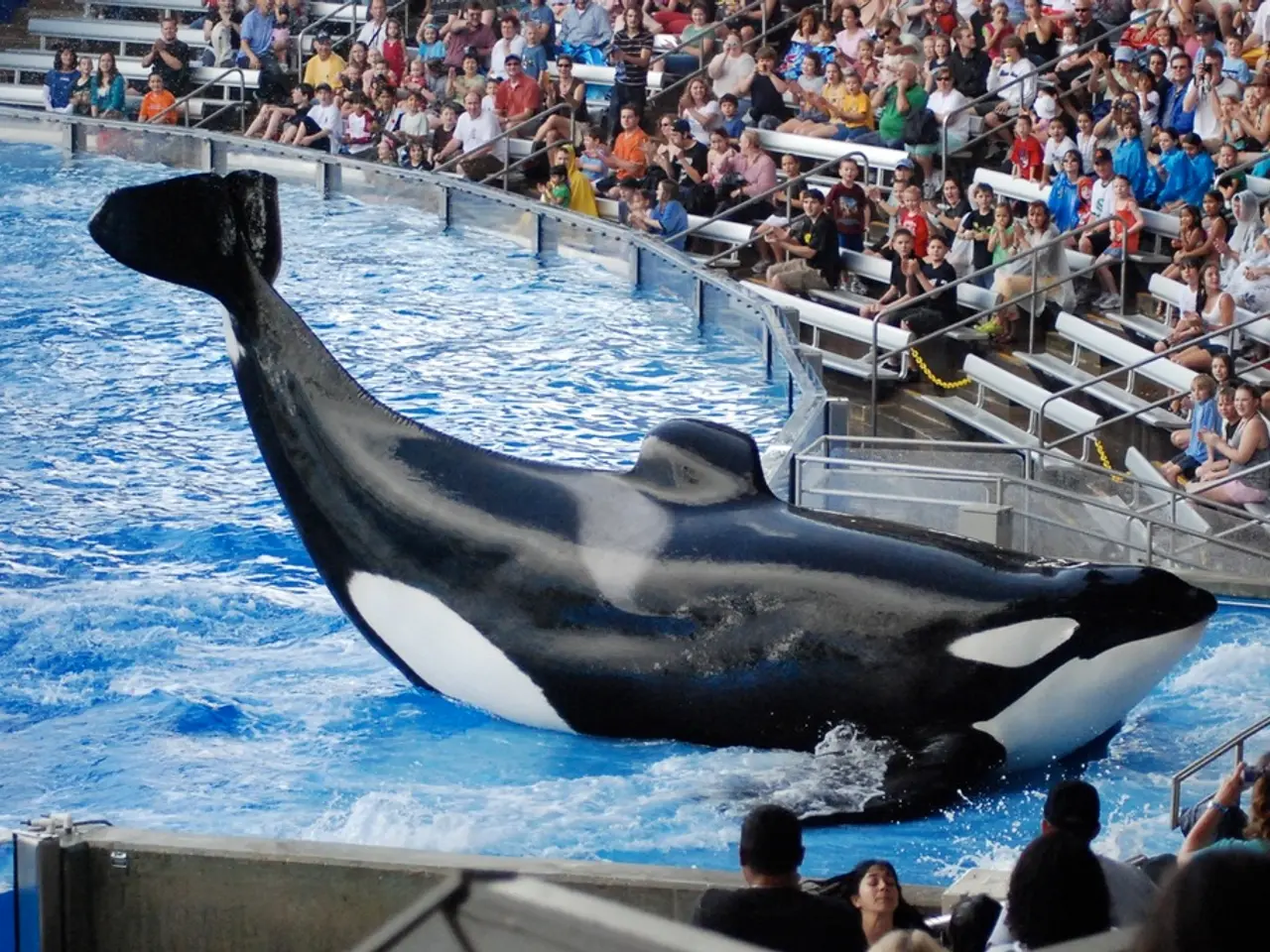Killer whales deliver sustenance to humans
In a fascinating display of interspecies interaction, orcas have been observed offering marine creatures to humans over a 20-year period, according to research documented by Liter.kz, citing Live Science. This unusual behavior, which has been reported in various orca populations, appears to be more than just a playful gesture or a simple act of feeding.
Researchers suggest that orcas might be exploring or playing when they offer items to humans. However, the primary motivations behind this behavior seem to be rooted in exploration, curiosity, and a desire to form cross-species social connections.
Orcas, known for their advanced social intelligence, seem to be intrigued by the human reaction to receiving prey. The interactions are brief and purposeful, distinct from play, suggesting that orcas are testing or practicing a learned cultural behavior with humans.
The act of sharing food is common within orca social groups as a way to build and reinforce relationships. Extending this behavior toward humans may indicate a form of interspecies social engagement or generalized reciprocity. This could reflect orcas’ emotional complexity, hinting at a willingness to interact and relate to another species.
Orcas' large brains and cognitive abilities include sophisticated communication, and offering prey may be a way of "advertising" or signaling a willingness to interact and relate to another species. The fact that orcas sometimes retrieve their offerings or share them with other nearby whales underscores that the offering is not simply about feeding but about interaction.
In almost all cases, orcas wait to see what people will do with their offerings, suggesting a level of patience and strategic thinking. The reasons for this behavior remain unclear, but it could potentially be a way for orcas to form relationships with humans.
The offerings made by orcas have included fish, smaller whales, birds, rays, seaweed, and turtles. Researchers propose that orcas offering items to humans may be a means for them to practice learned cultural behaviors. This behavior highlights the orcas’ remarkable intelligence and social complexity, revealing their capacity to explore novel social experiences by sharing their prey with humans.
In summary, orcas’ presentation of prey to humans likely reflects a blend of curiosity, social bonding, and cultural behaviors aimed at cross-species interaction rather than mere feeding or play. The behavior could potentially be a form of interspecies interaction or manipulation, as previously suggested. This intriguing behavior provides a unique insight into the complex social lives of orcas and their capacity for interspecies communication.
- The exploration, curiosity, and desire to form cross-species social connections witnessed in orcas' behavior toward humans can also be observed in other fields of study, such as health-and-wellness, where individuals engage in activities to improve their relationships with other species, like pets or even plants.
- Just as in environmental-science, where the impact of human activities on wildlife is a major concern, understanding the motivations behind orcas offering items to humans gives us valuable insights into the potential consequences of human encounters with other species, particularly on the feelings and interactions of these sentient beings.




